|
It is a sultry 80 degrees outside. And while most wine lovers might be reaching for a chilled white or rosé wine, I’m in the mood for something rich and red. And, I found just the right wine hiding in my wine room that will surely satisfy my palate. It is my last bottle of LAN Rioja Crianza 2010. Rioja wine region is located in North Central Spain, in a valley along the Ebro River. Rioja is divided into three sub-regions: Rioja Baja, Rioja Alta and Rioja Alavesa. Bodegas LAN is located in the town of Fuenmayor, bordering the Ebro River in the sub-region of Rioja Alta. The winery was founded in 1972 and is a subsidiary of Sogrape Vinhos, which is a conglomeration of companies and brands. Enrique Abiega serves as the managing director of Bodegas LAN. The name “LAN” is an acronym using the initials of each of the three provinces that form the D.O.Ca in Rioja: Logroño, Alava and Navarra. To quote the winery, “LAN means respect for the history of this land”. The Viña Lanciano vineyard is comprised of 72 hectares in Rioja Alta and is protected from the wind and cold weather by the Sierra Cantabria Mountains which in turn generates a microclimate. The vineyard is divided into 24 plots of Tempranillo, Mazuelo, Graciano and Garnacha vines, with many of the vines averaging sixty years of age. The soil is diverse and made up of mostly limestone, clay and is very stony. Having deep respect for the earth and balance of nature, Bodegas LAN practices sustainable viticulture and refrains from the use of chemical fertilizers. Grapes are hand-harvested and individually selected by hand once they reach the winery to make sure that only the best clusters are chosen. Above photos courtesy of Bodegas LAN Views of the vineyards and stony soil. A wine that is labeled crianza means that it has spent one year in oak barrels. Bodegas LAN Rioja Crianza 2010 is made from 100% Tempranillo grapes. The wine is aged for one year in hybrid barrels of American and French oak that have been incorporated into one barrel. The wine rests in the bottle for an additional nine months before release. The color is dark cherry with lovely aromas of red cherry, ripe fruit, spice and hints of earth and herbs. The palate is filled with layers of sweet and sour cherry, cranberry, licorice, spice and hints of pepper. This is a full-bodied wine with silky tannins and good structure. The wine has aged well. Alcohol: 13.5% It might be hard to find a 2010 vintage, but I’m curious to try some of their later vintages. I’m guessing my palate will be quite pleased! Until next time!
Cheers! Penina To leave a comment or if you have an inquiry, please contact me at [email protected] Imagine scenic valleys embracing storybook Alpine villages. Add snow-capped mountains that surround the villages and you have arrived in Alto Adige, the northernmost wine region of Italy. Noted for its dramatic peaks, Alto Adige is bordered by Austria and Switzerland and is one of Italy’s smallest winegrowing regions. It also dominates the country in wine worthy of a DOC designation, with 98% of its wines falling into this category! Alto Adige enjoys a mild Alpine-continental climate with big temperature swings between day and night, averaging a temperature of 64 degrees during the grape growing stage. There are over 300 days of sun per year with approximately 27 inches of rainfall per year. The Dolomites protect the vineyards from cold winds coming from the north. And to the south, where the land is open, warm air currents waft over the winegrowing vineyards coming from Lake Garda and the Mediterranean. The lowest vineyards are at 750 feet and the highest vineyards reach 3,250 feet above sea level. The average elevation is approximately 1,600 feet. Alto Adige has a broad range of soils such as volcanic porphyry, quartz, limestone, dolomite and sandy marl. The soils combined with the climate make for an ideal stage on which to grow high-quality grapes. More than sixty percent of the region’s vineyards are white grape varieties such as Pinot Grigio, Chardonnay, Pinot Blanc, Gewürztraminer and Veltiliner. Approximately forty percent of the vineyards are red grape varieties such as Cabernet Sauvignon, Merlot, Pinot Noir, Malvasier, Schiava, Lagrein and Moscato Rosa. My focus today is on Pinot Grigio and Pinot Noir, specifically from the winery of Peter Zemmer. Peter Zemmer winery is one of the oldest wineries in Alto Adige. It is located in Cortina, one of the smallest communities in Alto Adige with 600 inhabitants in the village. It is situated in the middle of the valley floor, near the Adige River. Cortina is a world-renowned ski resort and was host to the 1956 Winter Olympics Games. Peter’s grandfather founded the winery in 1928 and Peter is now the third generation in this family-run winery. Peter says “The cultivation of vineyards has been an important part of our family history for almost a century. The third generation still shows the same enthusiasm for wine. Culture and nature, tradition and innovation, great respect and development, I love and live my environment.” Grapes grow on the mountain valley floor and steep surrounding hillsides. The winery practices sustainability, uses only organic fertilizer and uses natural winemaking techniques. Peter Zemmer Rolhüt Pinot Noir DOC 2017 Pinot Nero is the Italian name for Pinot Noir. However, both names can be seen on bottles produced in Italy. Although this region might be more popular for its white wines, red varietals grow well here, including Pinot Noir. Rolhüt is 100% Pinot Noir and the grapes come from the 15-acre Rolhüt site located in the immediate vicinity of the winery. The vineyards sit at an elevation of 1,400 feet and contain soils of loam, chalk and porphyry. 70% of the Pinot Noir is aged over 12 months in large French oak barrels and the remainder is aged in small, 2-3-year-old French oak casks. After blending both, the wine is then bottled and aged for an additional 6 months. The color of the wine is cherry red with fragrant aromas of cherry, flowers, red berries, sweet apples and spice. The palate offers a crisp, light and savory wine with smooth tannins and layers of fresh strawberry, sour cherry, spice and hints of red plum. Sour cherry, subtle notes of minerality and spice linger on the finish. Alcohol: 13% SRP: $18 Peter Zemmer Pinot Grigio DOC If you have been following my stories, you might have gleaned by now that I’m not a big fan of Pinot Grigio. Well, my opinion has changed dramatically after enjoying this Alpine Pinot Grigio! The grapes are selected from the best vineyards located on the valley floor and steep slopes located near the estate. The soils are stony, sandy and extremely chalky. The poor yield per hectare produces more concentrated flavors and contributes to the quality of this wine. Fermentation takes place in stainless steel tanks using pure strains of yeast and then spends several months of ripening on the yeast to achieve this well-structured wine. The color of the wine is soft yellow and has a very aromatic bouquet of floral, citrus, pineapple and honeydew. The wine envelops the palate with lively layers of white flowers, pear, citrus, minerality and fresh acidity. It finishes with a dash of zest and lingering pear. Oh, my…
Alcohol: 13.5% SRP: $18 The combination of the Alpine air and southern sun in the Alto Adige is producing some outstanding wines that reflect the character of this region. If you haven’t tasted any wines from this magical area, I encourage you to run…not walk…to a wine shop and experience for yourself how truly heavenly and unique these wines are! Cheers! Penina To leave a comment or if you have an inquiry, please contact me at [email protected] The other evening I had a craving for a glass of Malbec. I have a nice selection to choose from, but one in particular caught my eye. It was my last bottle of Casa Marguery Malbec 2012 from Mendoza, Argentina. I gave this wine a “thumbs up” a few years ago. So, I was curious to see if it would please my palate again. Over 70% of all Argentine wine is produced in Mendoza and of that amount, 85% is Malbec. Mendoza is located in the eastern foothills of the Andes where the climate is dry and continental, making it an ideal environment for these high altitude vineyards during the grape-growing season. Mendoza has several sub-regions that include Luján de Cuyo and the Uco Valley. See map below. Familia Marguery was founded in the year 2000 by Guillermo Donnerstag, a philosophy professor at the University in Mendoza. The winery is located in Cruz de Piedra, tucked away in a corner of Mendoza in the south of the city of Maipú. The wines are produced inside a converted barn with the assistance of enologist Pedro Rosell. The Malbec grapes come from the vineyards in La Consulta in Uco Valley region and Vistalba in Lujan de Cuyo region. The Familia Marguery 2012 Casa Malbec is a beautiful blend of grapes from the regions specified above. The color is deep ruby with strong notes of cherry, berries, pomegranate and spice. The palate opens with lots of lush dark fruit, plum and spice. There is a mild oakiness that dissipates quickly and ends with black cherry and pepper on the finish. Firm tannins, full-bodied and lively, this is definitely another “thumbs up” or two! Alcohol 14% SRP: $15 My guess is that it will be hard to find any more 2012 vintages, but the next time you’re browsing the Malbec section and spot a bottle of Casa Marguery, pick up a bottle or two. Until next time!
Cheers! Penina To leave a comment or if you have an inquiry, please contact me at [email protected] Every now and then I get a craving for Sangiovese wine. And the other evening, that craving struck like a bolt of lightning. Lucky for me, I had a bottle of Sangiovese di Toscana IGT 2009 Podere Scopetone tucked away in my “wine cellar”. Sangiovese grapes are the most widely planted varietal in Italy. The skin of the Sangiovese grape is thick and the wines tend to be more savory than sweet. Depending on where the grapes are grown, climate and soil being a factor, Sangiovese can deliver a wine that is fruit forward with bright acidity and high tannins or lean towards earthy with herbal notes. It runs the gamut of descriptions, but one of Sangiovese’s trademarks is its cherry flavors. Podere Scopetone winery is located in Scarnacuoia, just below the town of Montalcino overlooking Montosoli. The winery location is noted for being where Ferruccio Biondi Santi first planted Sangiovese grapes in the 1870s. Podere Scopetone began its foray into winemaking in 1978, when Federico Abbarchi, a Milanese pilot, planted vineyards. The first bottled wines were produced in the 1980s. When Federico died in 2007, Loredana Tanganelli (a passionate beekeeper) and her husband Antonio Brandi (a viticulturist) became partners with Federico’s widow, Angela Abbarchi. Soon after, the couple became the owners of the winery. Together with their own vineyards and later expansion, the couple produced their first vintage of Brunello in 2009. Podere Scopetone is organic with a sustainable farming practice. In addition to the grapes, it is important to keep the bees safe! A new cellar was completed in 2015 and they are in the process of becoming certified organic. Luca Felicioni, agronomist and Maurizio Castelli, oenologist are part of the winemaking team. Photos courtesy of Podere Scopetone Sangiovese di Toscana IGT 2009 Podere Scopetone is 100% Sangiovese Grosso made from the vineyards in Montecucco. The color is ruby red with delicate aromas of cherry, red berries, floral and hints of leather. The palate offers cherry, plum, strawberry, spice, peppery tones and a trace of vanilla. This is a lively, dry, medium-bodied wine with medium tannins. Alcohol: 14% SRP: $15.99 This is a food friendly wine and will pair well with a multitude of dishes. I served it with baked salmon, roasted potatoes and beans. Quite yummy! Until next time!
Cheers! Penina To leave a comment or if you have an inquiry, please contact me at [email protected] A few days ago I had the opportunity to taste a large sampling of wines from Croatia. With twenty-two wineries represented, my palate was treated to some very impressive wines. Today’s post is a general overview of Croatian wine. I will be getting into a more in-depth study of each region, the wines, producers and some history in future posts. Croatia stretches over Central and Southeastern Europe with a very long coastline hugging the Adriatic Sea. There are four wine regions throughout Croatia with twelve sub-regions and 66 appellations. The climate and soils vary throughout these regions. The Adriatic coastline enjoys typical Mediterranean climate of hot, dry summers and cool, rainy winters. Further inland in Central Croatia, the Dinaric Alps run parallel to the Adriatic Sea creating an alpine climate at the higher altitudes. Depending on the region, one can find a variety of soils, with white soils of limestone, iron-rich clay soils and stony karst soil being the most dominant. Here is a fun fact: Croatia is home to the Slavonian oak forest, which provides oak for the casks preferred by many European winemakers for aging their finest wines! There are 130 indigenous grape varieties in Croatia of which 40 are in production. Over 60% of wine produced in Croatia is white. Here is a list of just a few of the indigenous grape varieties: Red grapes Tribidrag is genetically identical to Zinfandel and the oldest recorded name for the variety. Plavac Mali (offspring to Zinfandel) and considered “king of the Croatian wines”. Teran found mostly in western Istria region Babić found mostly in the Central Dalmatia region White grapes Graševina (most planted grape variety in Croatia) Pošip found mostly in Dalmatia region Malvazija Istarska (second most planted grape in Croatia) Grk found mostly on Lumbarda, a small island off the coast Debit found primarily in the Dalmatia region Generally speaking, the majority of white wines that I tasted were very aromatic, dry, crisp, light and fresh, with a perfect balance of fruit, citrus, and minerality. I must admit that the white wines were my favorite. The red wines run the gamut from soft to chewy tannins with layers of dark fruit, spice and herbs that are full-bodied and robust to softer medium-bodied reds of cherry, sweet berries, spice and floral. I tasted a few rosés that were very impressive, including a standout from Vina Laguna Perla Rosé NV made with Teran grapes. Vina Laguna is located in the Istria wine region. Among the many producers present was Grgić Vina Winery, owned by winemaker Mike Grgich, who became famous in 1976 when his Chateau Montelena Chardonnay won first prize at the “Judgment of Paris.” Both his Pošip 2016 (white) and Plavac mali 2015 (red) were outstanding. His winery is located in the Peljesac Peninsula, part of the Dalmatia region. In addition to the wines, I tasted amazing olive oil from several producers. Wow---just wow!
As I said earlier, this is just a quick introduction to Croatian wine…I have more to cover! The names of the varietals can be daunting, but I hope I have peaked your curiosity enough to pick up a bottle the next time you’re in a wine shop. If you do, share your thoughts with me! My mouth was still tingling with delight after tasting and reviewing several bottles of wine from Alentejo, Portugal last week. So, last night I opened a bottle of wine from northern Portugal’s Douro Valley region. My palate was not disappointed! Douro is famous for supplying the world with its production of port wine. However, it is now being praised for its succulent and refined unfortified wines, both red and white. Quinta da Zaralhôa is a family owned estate with 12 hectares located in the sub-region of Douro Superior. This sub-region experiences extremely cold winters and very hot summers. The vines grow in schist soil on steep slopes with the vineyards facing southwest, exposing them to less sun. With less sun exposure, the grapes are allowed a longer time to ripen, developing flavors without excess sugar impeding the acid levels. At Quinta da Zaralhôa harvest takes place in October. Farming is certified organic and sustainable. Grapes are crushed with the tradition of stomping the grapes with their feet, in the belief that it is the best way to maximize the juice’s contact with the skin without crushing the seeds. Photo credit Quinta da Zaralhôa Quinta da Zaralhôa Rumansil 2012 is a blend of indigenous grapes; 25%Touriga Nacional, 25%Touriga Franca, 25%Tinta Roriz, and 25% Tinta Barroca. The wine is named after Rumansil, a Roman villa of the 3rd century, located next to Quinta da Zaralhôa. The wine is aged in French oak for 2 years. Prior to bottling, different lots are selected for the final blend and then aged for one year in bottle. The color of the wine is burgundy with intoxicating aromas of dark fruit, floral and spice. The palate is layered with a rich concentration of dark berries, plums, spice, fennel, hints of cocoa and finishes with cherry and pepper. Silky tannins, good acidity, fresh and juicy! Alcohol: 13% SRP: $25 Wines from Douro are becoming more and more popular and run the gamut in price. If you haven’t already tried these wines, I encourage you to treat your palate!
A few weeks ago I opened a bottle of Concha y Toro Gran Reserva Serie Riberas Malbec 2014 from Chile. I intended to give a “shout out” to this expressive wine, but days got away from me and I never got around to writing about it. And then, yesterday I received several bottles of Malbec from Chile and Argentina. One of the bottles was a Concha y Toro Gran Reserva Malbec 2016. So, I thought it would be interesting to compare the 2014 and 2016 vintages. The Gran Reserva Serie Riberas is also known as “Riverbank Series”. These are single-vineyard wines grown close to one of Chile’s major rivers, the Rapel, Cachapoal and Tinguirica. The Malbec vineyards are planted on the south bank of the Tinguirica River. The Palo Santo Vineyard is located 180 meters above sea level. The climate is Mediterranean with an extended dry season and the river and coastal breezes influence the temperature. Marcio Ramírez is the chief winemaker for the Gran Reserva Serie Riberas. Gran Reserva Serie Riberas Malbec 2014 is made with 90% Malbec and 10% Syrah. The color is deep purple with tantalizing aromas of dark fruit, dark plum, blueberries, blackberries and spice. The palate is layered with dark berries, dark plum, hints of blueberries, nutmeg, pepper and dark chocolate. This wine has a beautiful concentration of flavors and is full-bodied with soft tannins. Alcohol: 14% SRP: $17 Gran Reserva Serie Riberas Malbec 2016 is made with 85% Malbec and 15% Merlot. The color is dark purple with concentrated aromas of blueberries, plum, spice, pepper and hints of floral. The palate offers lush dark fruit, black cherries, plum and spice with a long finish of pepper and sour cherry. It is medium-bodied with soft tannins. Alcohol: 13.5% SRP: $17 The 2016 vintage has a tad more spice and has earthiness, but both vintages are easy to drink and they will pair well with many foods.
Until next time! Cheers! Penina To leave a comment or if you have an inquiry, please contact me at [email protected] The other day I had the opportunity to attend a seminar and walk around tasting of many impressive Brunello wines from the Consortium of The Brunello of Montalcino Wine. Although the emphasis was on the 2013 vintage, I also sampled wines dating from 2010 through 2015. The consortium was founded in 1967 and started with a membership of 20 producers. Today there are more than 200 members of which 31 estates were represented at this event. Montalcino is located in the Tuscany wine region of Italy. Montalcino is a small wine region with 3500 acres of vineyards and roughly 250 wineries producing Brunello di Montalcino. Brunello di Montalcino was awarded the first ever DOCG designation in 1980 and is considered one of Italy’s most famous and distinguished wines. DOCG stands for Denomination of Controlled and Guaranteed Origin and it is the highest designation given under Italian wine law. 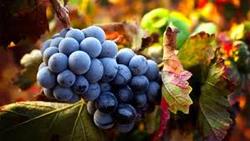 Brunello di Montalcino wine is made exclusively with 100% Sangiovese grapes (named ‘Brunello’ in Montalcino). The skin of the Sangiovese grape is thick and tends to deliver a wine that is fruit forward with bright acidity and high tannins. Of course climate, soil and production play a big part in the wine’s outcome. The village of Montalcino sits high up on a hill with the vineyards sloping downward into the valley. The climate in Montalcino is warm and dry, typical Mediterranean weather. Vineyards are planted up to 500 meters in elevation with north facing slopes experiencing a cooler microclimate and more winds, while the southern and western facing slopes are exposed to extreme sunlight and maritime breezes. The vines are planted in a variety of soils such as limestone, clay, schist, volcanic soil and galestro, all of which contribute to the difference in quality, complexity and character of the wine. DOCG Regulations require that Brunello di Montalcino age for 2 years in oak casks, 4 months in bottle (6 months for the Riserva) and bottling must take place in the production area. Brunello di Montalcino must be aged for a minimum of 5 years (6 years for Riserva) prior to release for sale. Most of the 2013 vintages I tasted were quite approachable and gentler than the more aggressive and bold Brunello I’ve had in the past. My palate was treated to a gamut of flavors such as dark berries, cherry, aromatic wood, anise, leather and spice. “Lush fruit, round tannins, quite aromatic, good structure and high acidity” seemed to be the theme for most of the 2013s with variations according to soil and plot locations. Brunello wines are impressive and I look forward to trying the 2013 vintage again in about five years!
Montalcino wines also include Rosso di Montalcino DOC, Moscadello di Montalcino DOC and Sant’Antimo DOC. I will be exploring these wines in another post. If you like collecting wines, do yourself a favor and pick a bottle or two of Brunello and tuck them away to enjoy at a future date. The aging potential of these wines is 8 to 25 years. Cheers! Penina To leave a comment or if you have an inquiry, please contact me at [email protected] One doesn’t need a special occasion to open a bottle of wine in my home. There are no hard and fast rules for those “special” bottles to only be opened when celebrating something momentous. In fact, my only reason for saving a special bottle of wine these days is because I just can’t bring myself to open it! I love the anticipation of drinking the wine, but once the bottle is empty, there’s no going back! But little by little, I’ve been opening some gems such as 1969 and 1989 Petrus, 1961 Chateau Haut Brion and 1983 Far Niente Cabernet. Let me be clear that a “special” bottle of wine as far as I’m concerned doesn’t always mean that it is an old or rare vintage. It might convey sentimentality, be a particular grape or blend or country of origin that makes it special to me. And so, I finally opened a wine last evening that I considered special. I’ve been hovering over this particular bottle since I received it several months ago. The occasion for opening this wine you might ask? “Just because” is my answer. Mille e una Notte is the flagship red wine of Donnafugata which is located in South-western Sicily. Giacomo and Gabriella Rallo, the founders of Donnafugata, wanted to create an iconic Sicilian red. With the help of Giacomo Tachis, enologist and “father of Super Tuscan wines”, they succeeded in fulfilling their dream. The first vintage of Mille e una Notte made its debut in 1995. The 2012 vintage of Mille e una Notte is an artistic blend of Nero d’Avola, Petit Verdot, Syrah and a small amount of other grapes. The grapes are hand harvested from Donnafugata’s Contessa Entellina Estate and other areas close by. The best grapes of the year are carefully selected and used for production. The wine spends 14 months in new French oak barriques and 36 months in the bottle. I decanted the wine for about one hour prior to drinking so that the flavors could gracefully emerge. This is a very expressive wine with seductive aromas of dark berries, plum, sweet spice, cocoa and vanilla. The palate is layered with dark fruit, prune, blueberry, pepper and hints of oak, cocoa and herbs. The wine is rich with silky tannins and is a perfect blend of flavors that complement each other. The finish is long and the wine is elegant! It paired beautifully with seared scallops and pasta with roasted cherry tomatoes, asparagus and mushrooms. This wine has the aging potential of 20 years, but I am too impatient to wait that long! Alcohol: 14% SRP $80 As with every Donnafugata label, there is a story. To quote from their website: “The palace shown on the label is the one where Queen Maria Carolina took refuge fleeing from Naples and was the favorite house of the writer Tomasi di Lampedusa in Santa Margherita Belice. Gabriella Anca Rallo –founder of Donnafugata, with her husband Giacomo- captures the image and embeds it into the sky from “Arabian Nights”, full of stars and full of promise. The strong and passionate character of this wine has inspired maître chocolatier Ernst Knam in his creation of the “Mille e una Notte with chili” pralines.” To learn more about Donnafugata and Sicily, please use the menu on the right to explore more stories.
Cheers! Penina To leave a comment or if you have an inquiry, please contact me at [email protected] 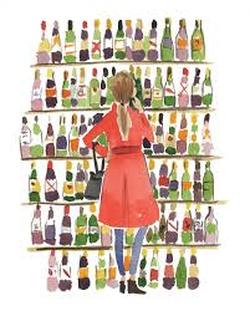 Whenever I see a wine store, I like to go in and peruse the shelves. It is a fun way for me to discover and learn about lesser-known wines. On this particular day, I was looking to see what the store had to offer for under $15. When I reached the Italian section, I saw a bottle of Ninety+ Cellars Chianti Riserva selling for $11.99. I must admit that I was not familiar with the label, but I was intrigued by the accolades that the wine store owner was giving it. So, I decided to purchase a bottle and see for myself. First of all, Ninety+ Cellars is a wine brand based in Boston, MA. Founded by Kevin Mehra in 2009 and with Wine Director Brett Vankoski at the helm, their concept is to buy a percentage of a winery’s production for a reduced price, bottle it in Ninety+ Cellars bottles and sell the wine for less. The website states, “We are a modern day wine négociant–working with highly rated wineries and vineyards to curate a portfolio of fine wines from all over the globe”. Every wine bottle is given a lot number and has the 90+ stamp of approval. Their wine portfolio includes Napa Valley, New Zealand, Italy, and France. Wines range in price from $10 to $40. 90+ Cellars Classic Series Chianti Riserva 2013 Lot 144 Sangiovese grapes are sourced from the Chianti region of Tuscany. The wine spends three years of maturation before release and therefore is given the Chianti DOCG Riserva label. The color is ruby with aromas of cherry, spice and floral notes. The palate offers red fruit, spice, with hints of white pepper and oregano on the finish. Mild tannins, beautifully balanced and impressive for the price. Alcohol: 13% SRP: $11.99 It’s hard for me to pass up a wine store, bookstore or knitting shop!
Have a great weekend! Cheers! Penina To leave a comment or if you have an inquiry, please contact me at [email protected] |
Categories
All
|
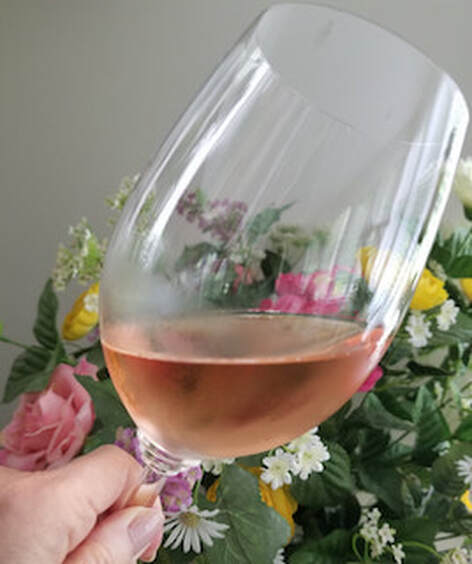
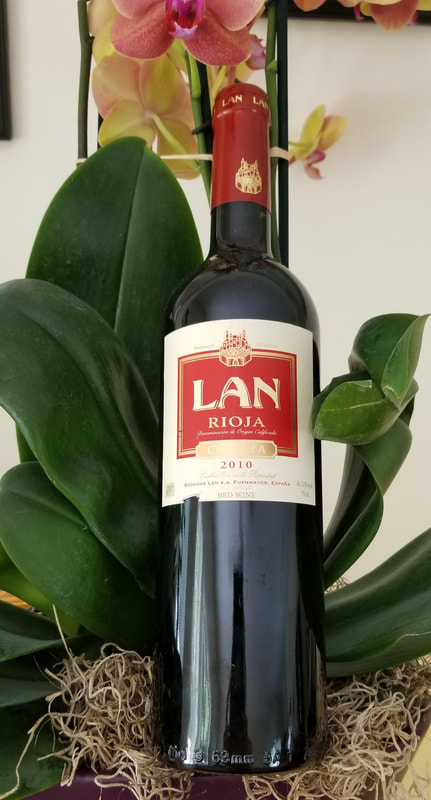
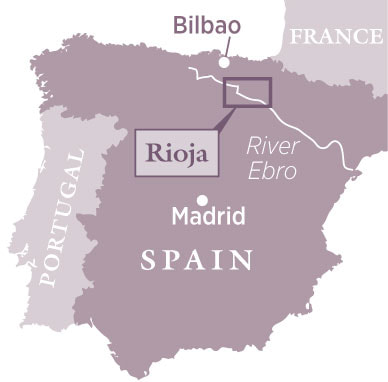
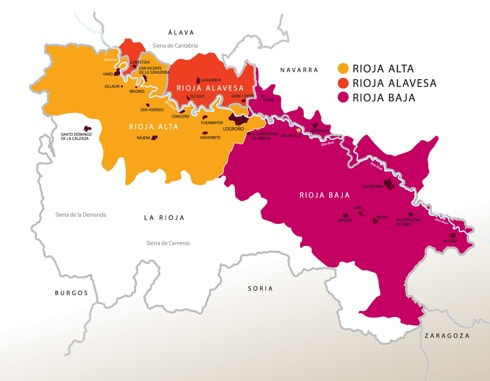
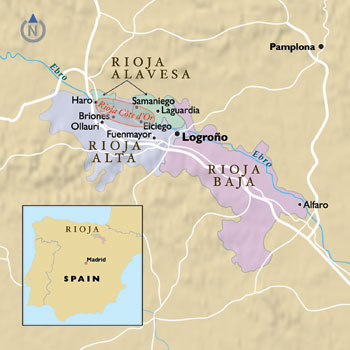
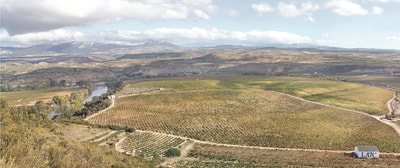
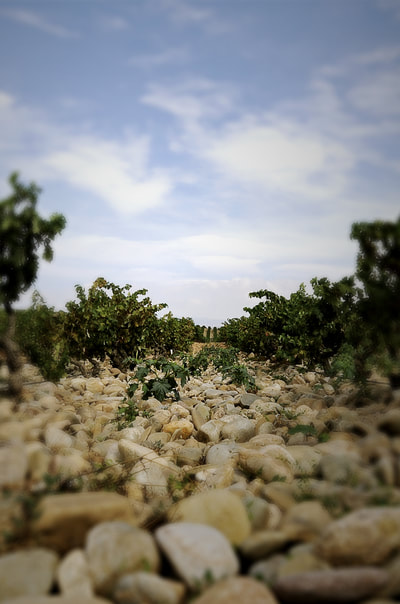
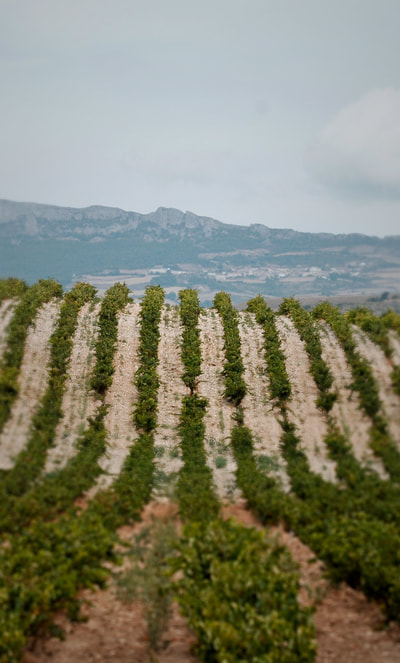
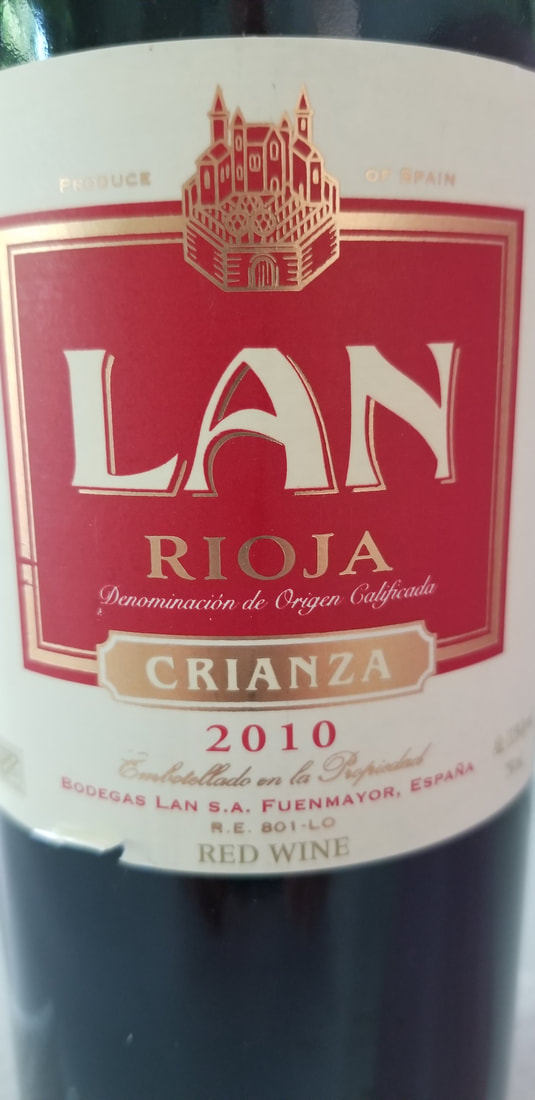
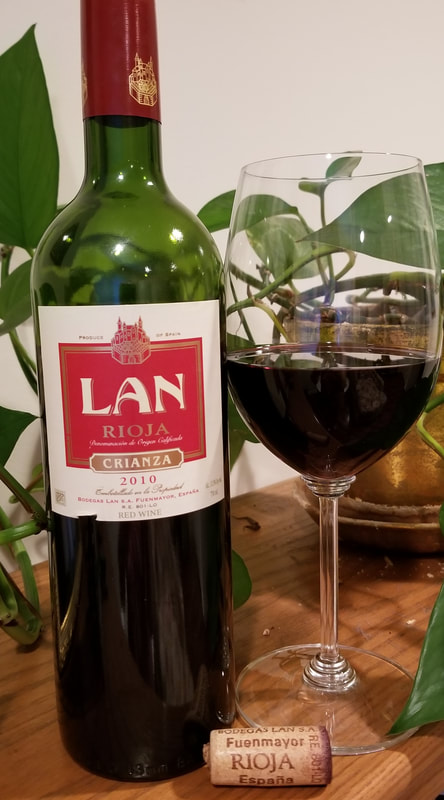
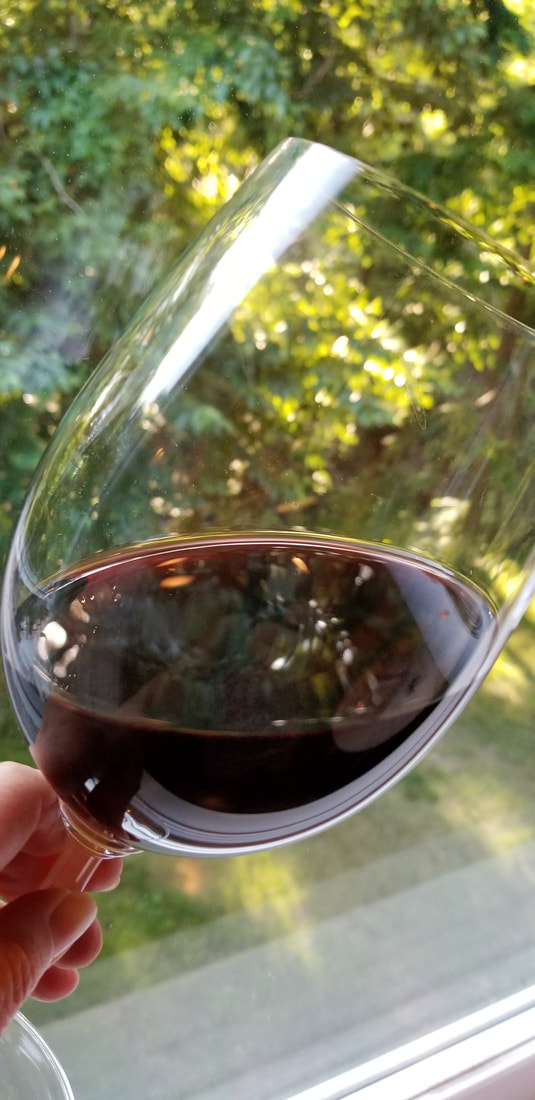
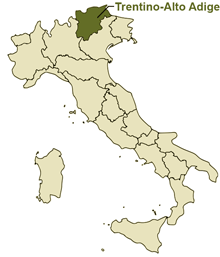
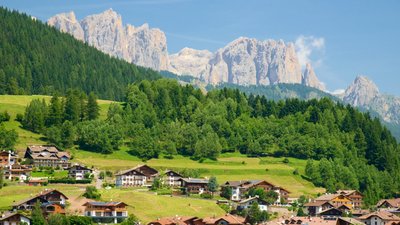
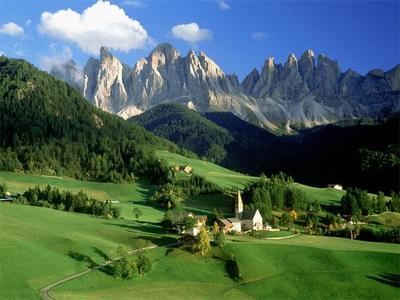
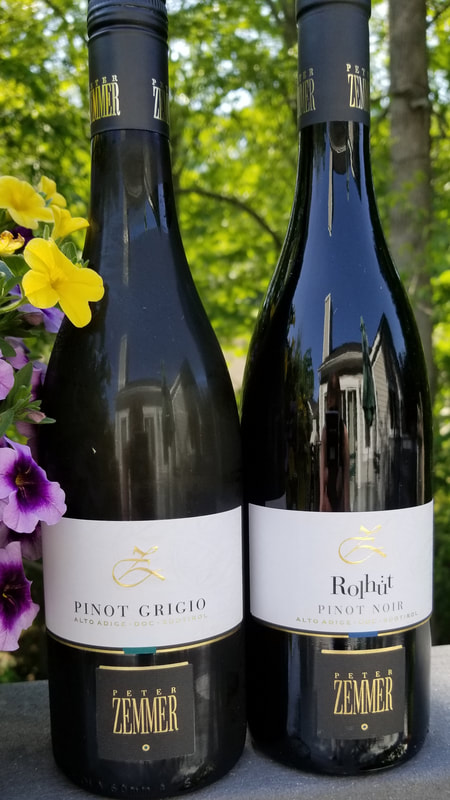
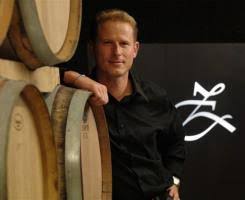
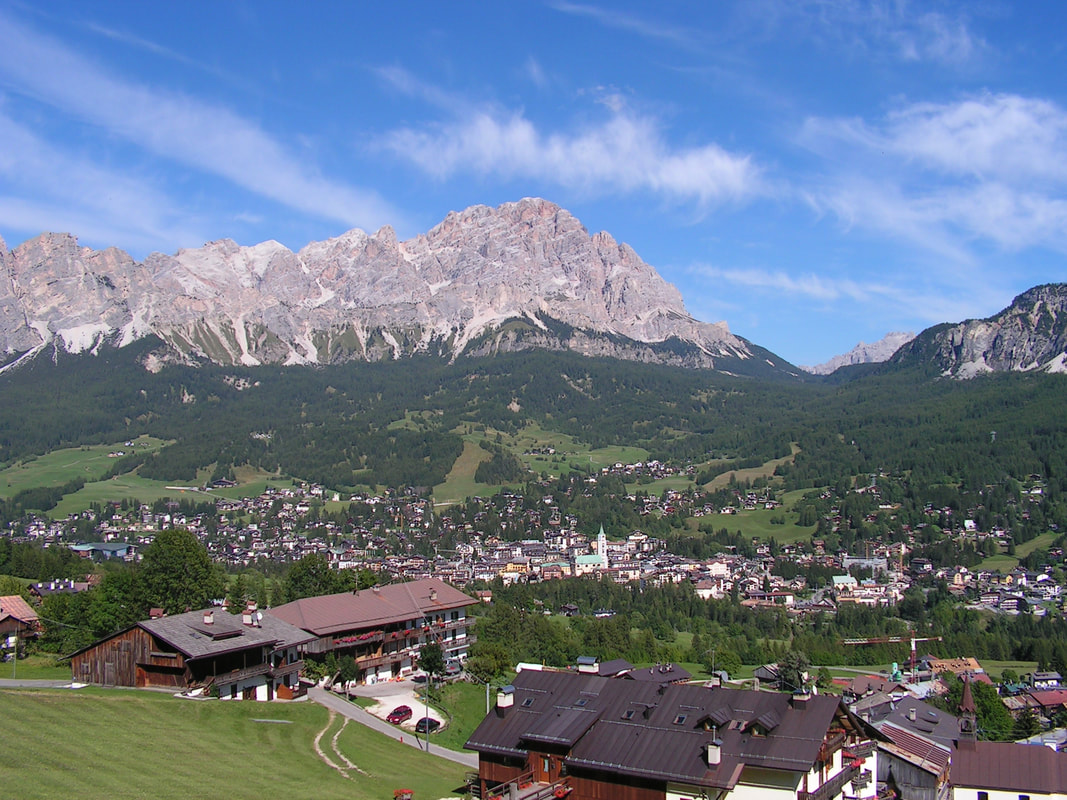
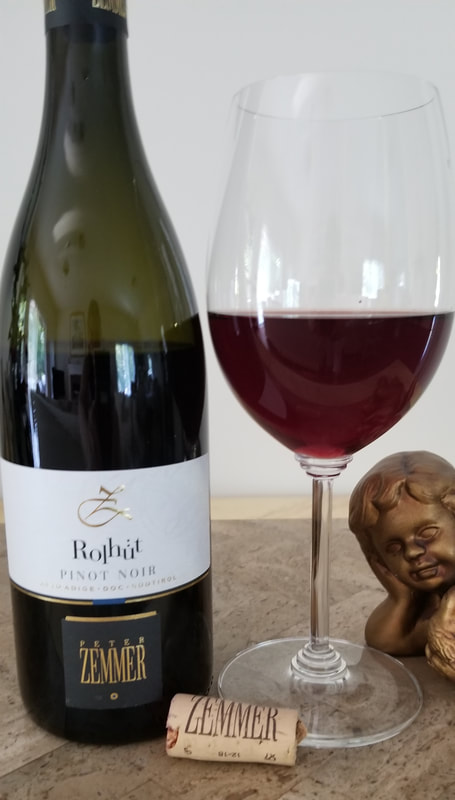
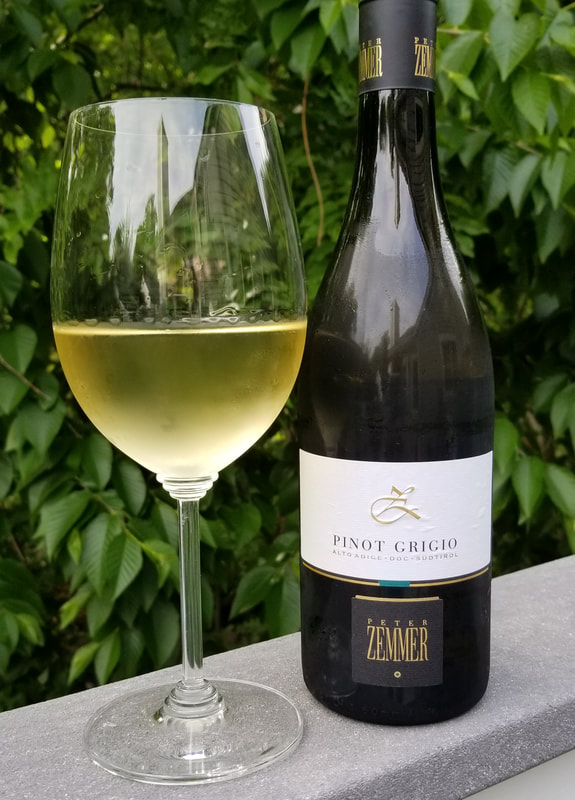

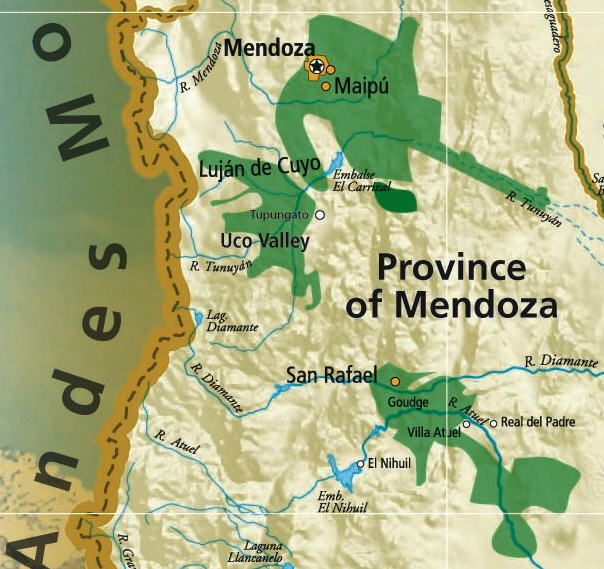
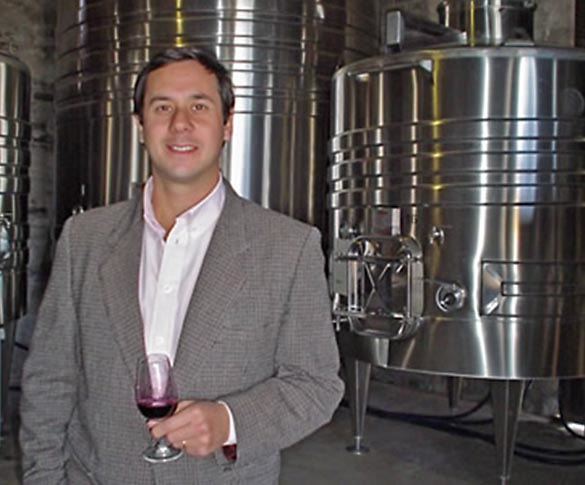
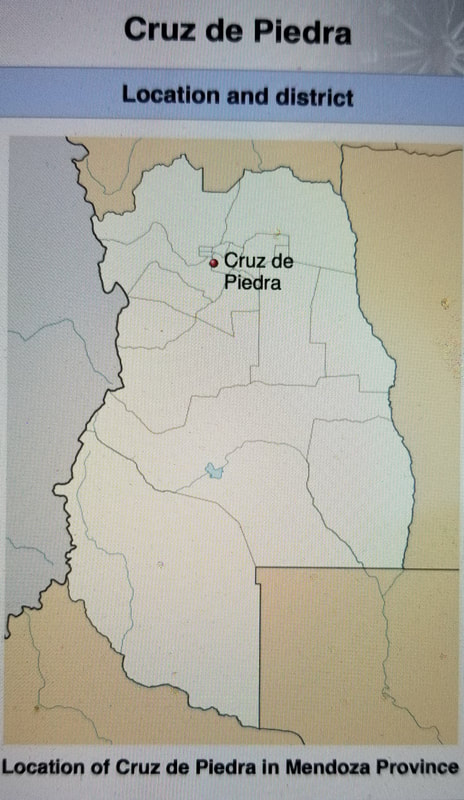
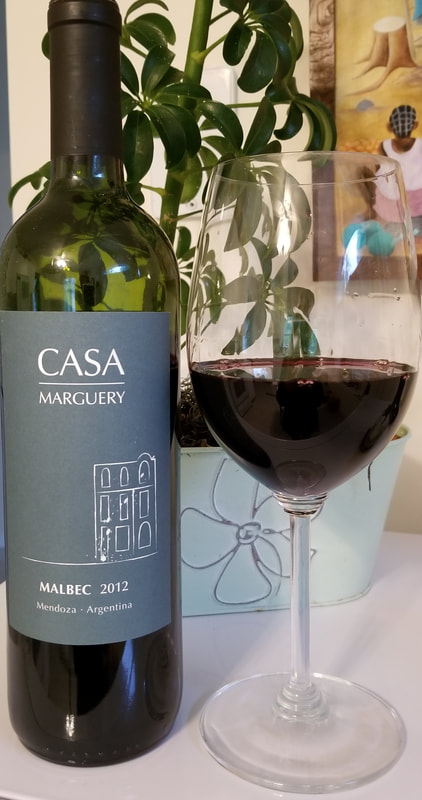
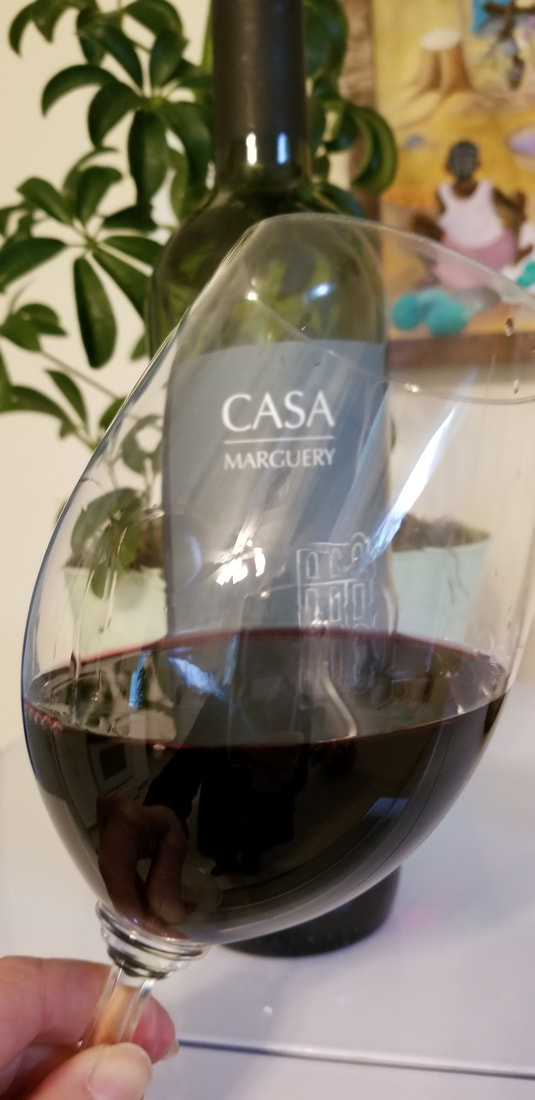
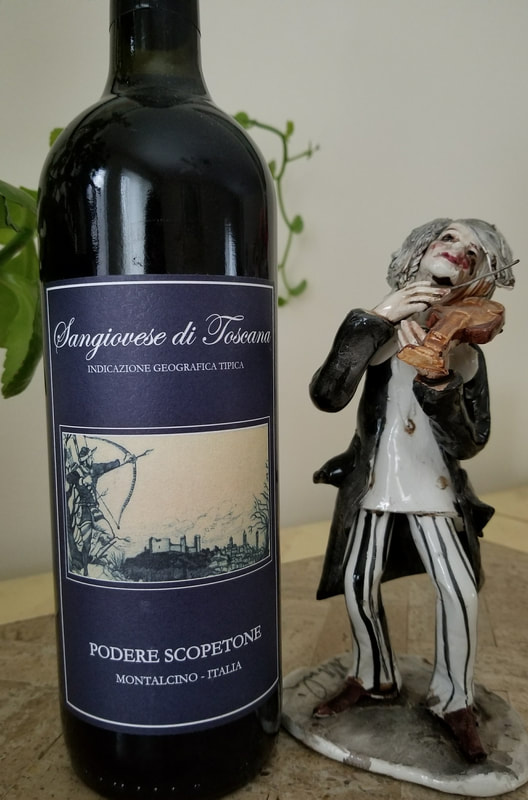
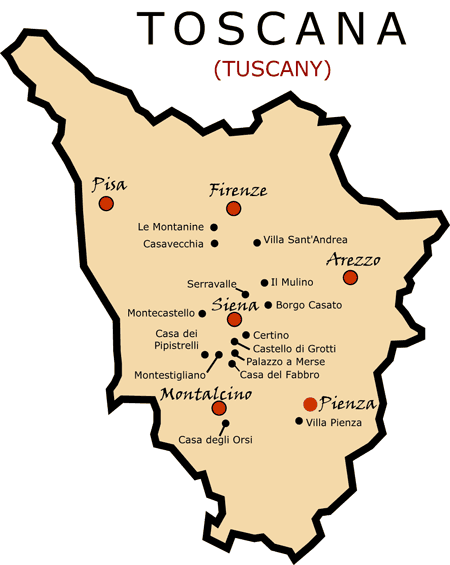
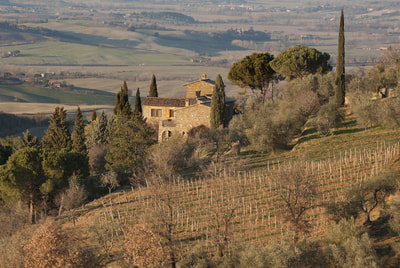
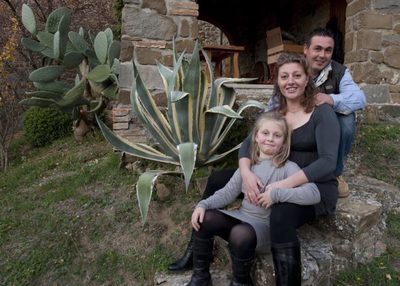
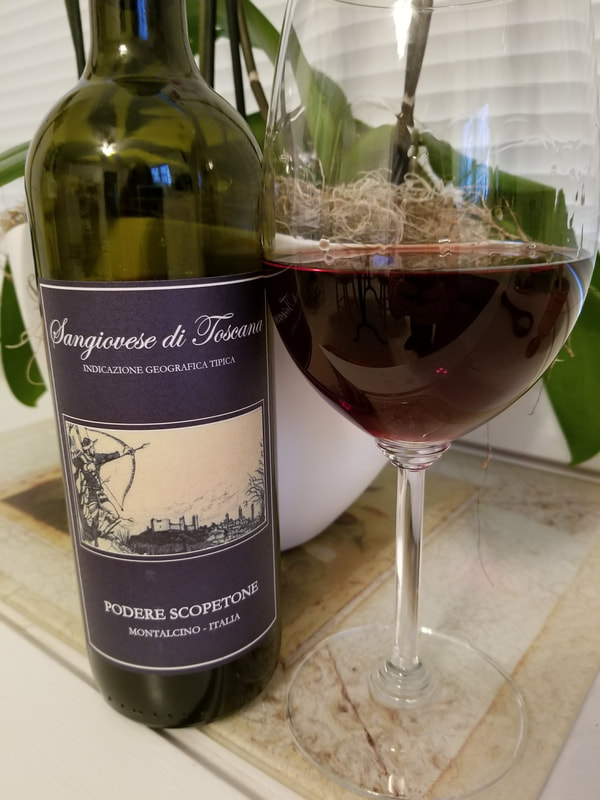
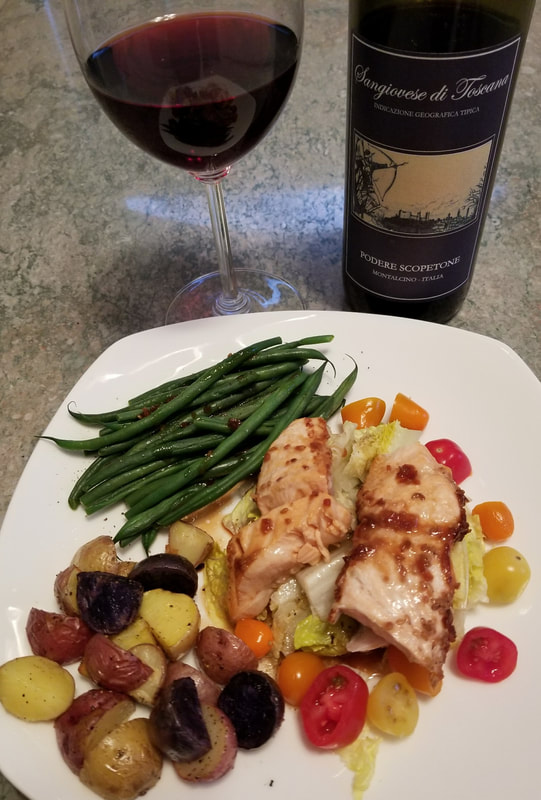
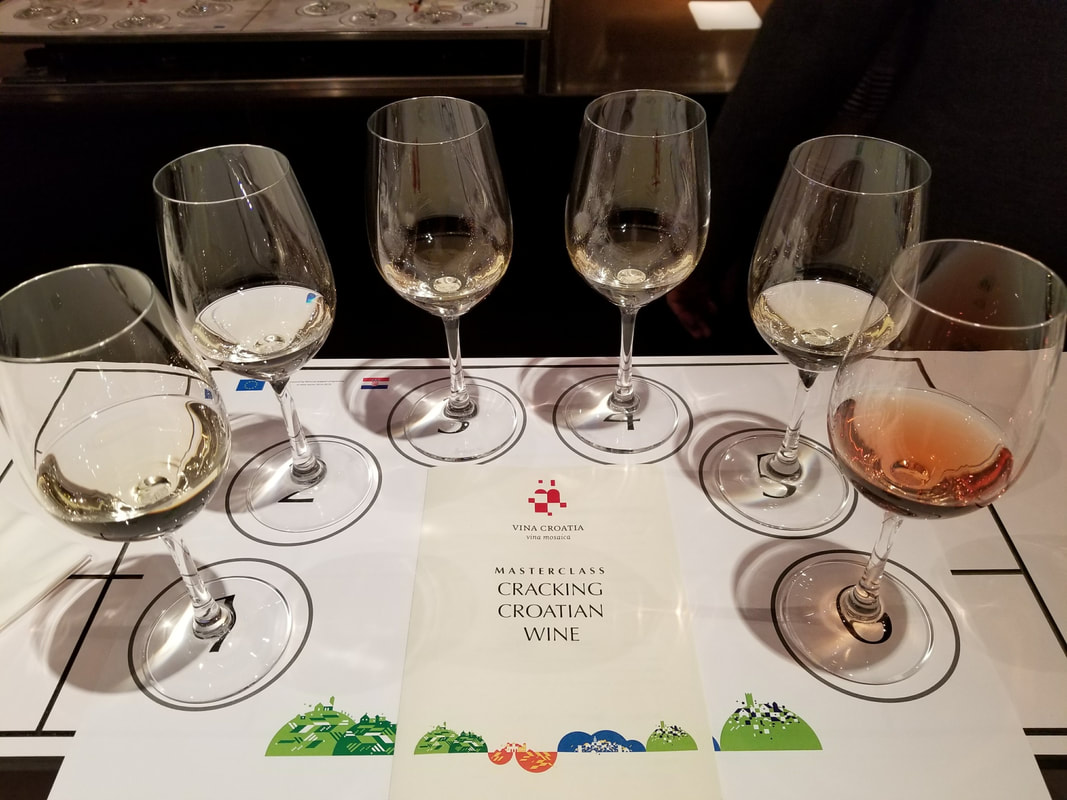
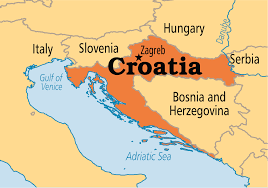
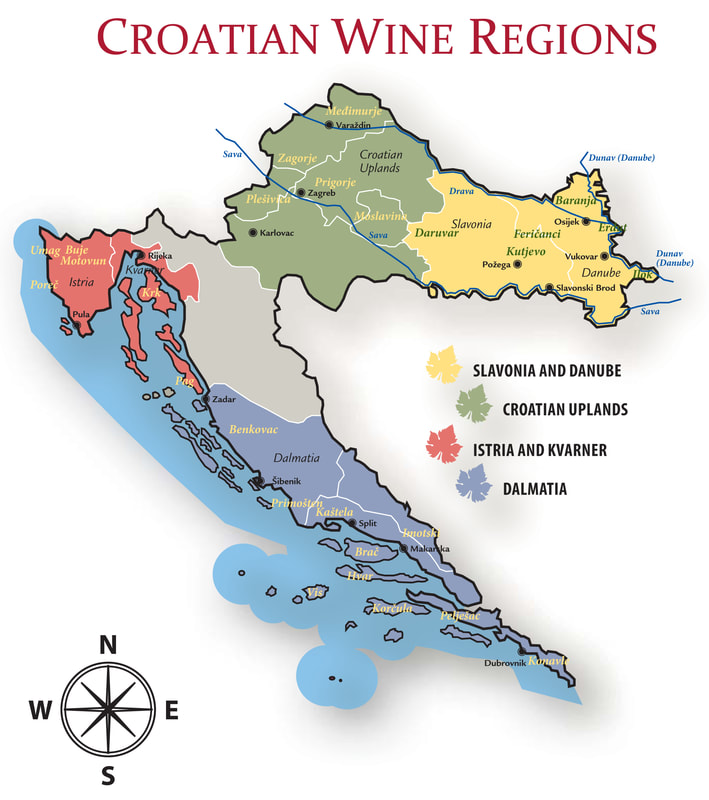
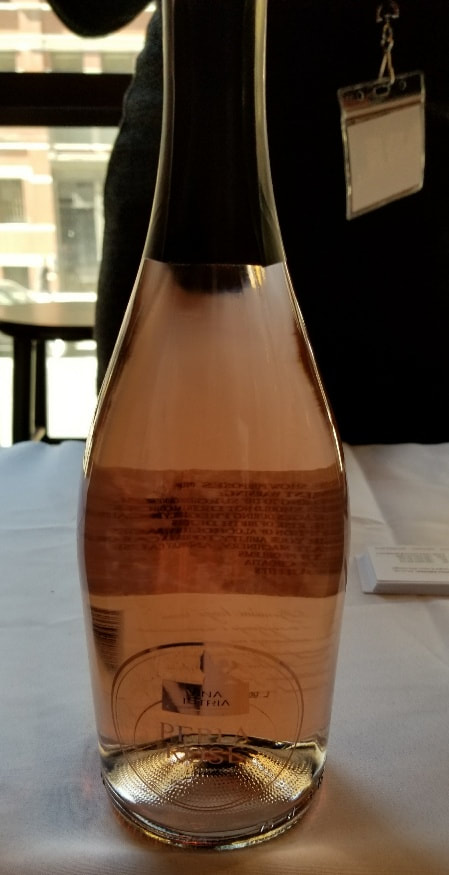
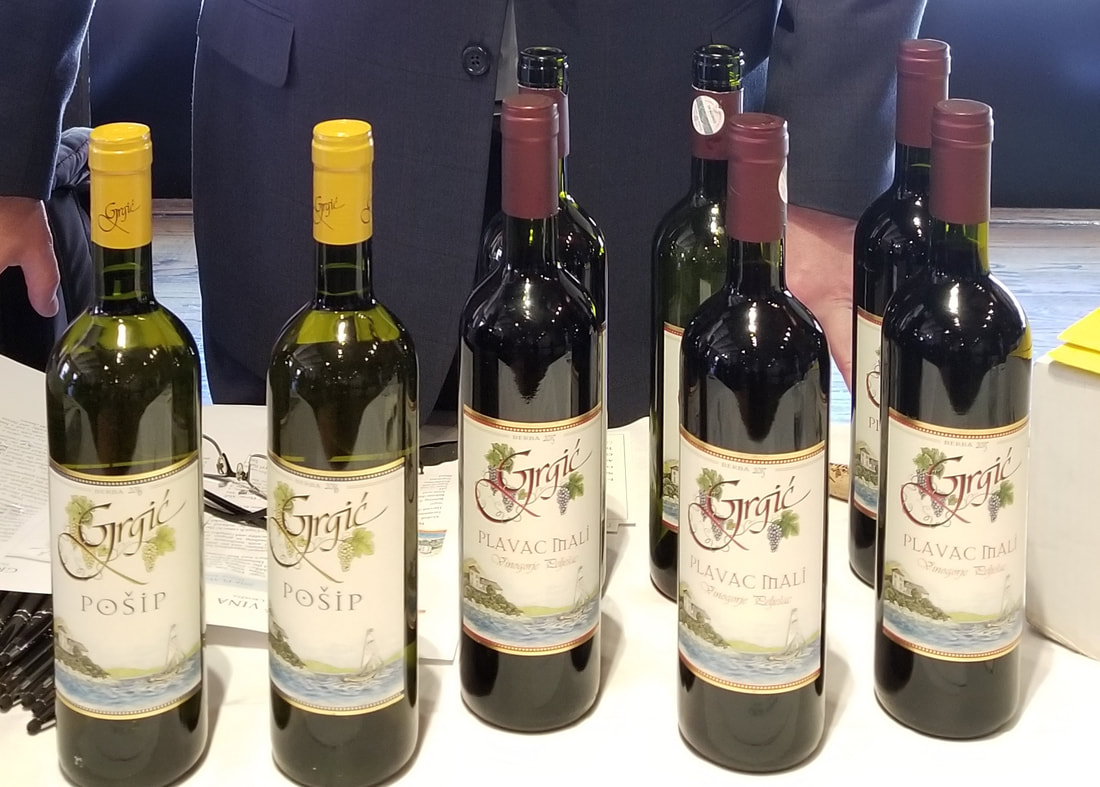
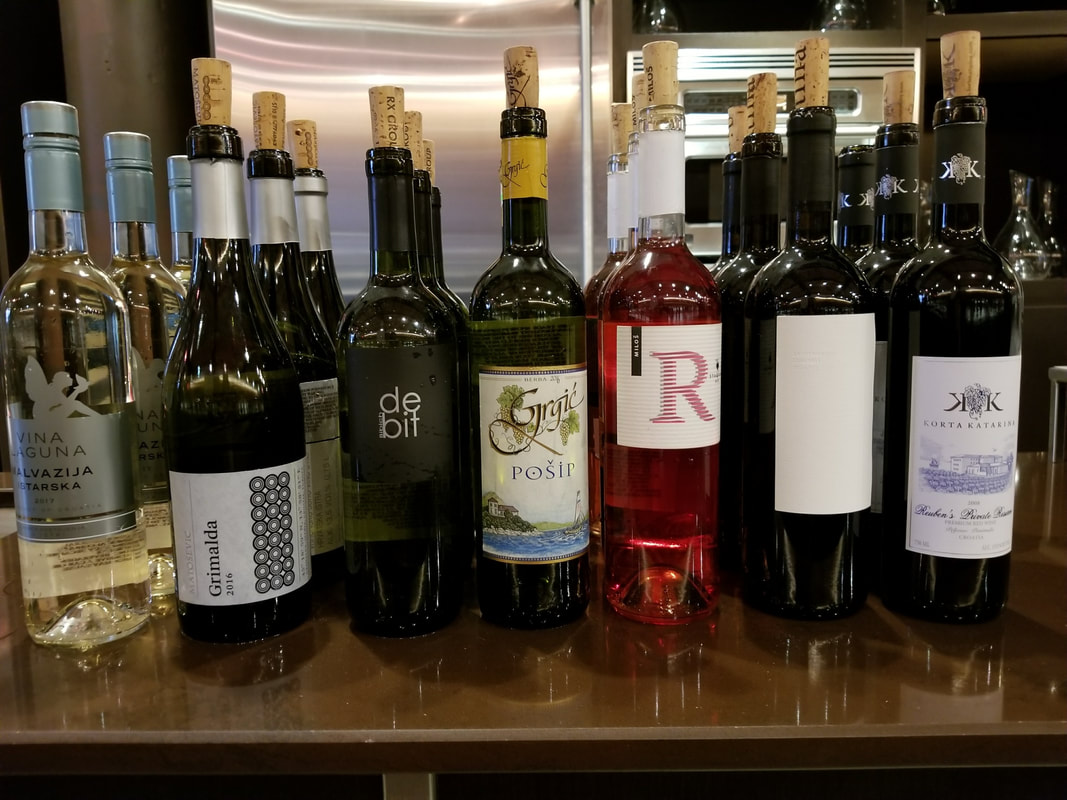
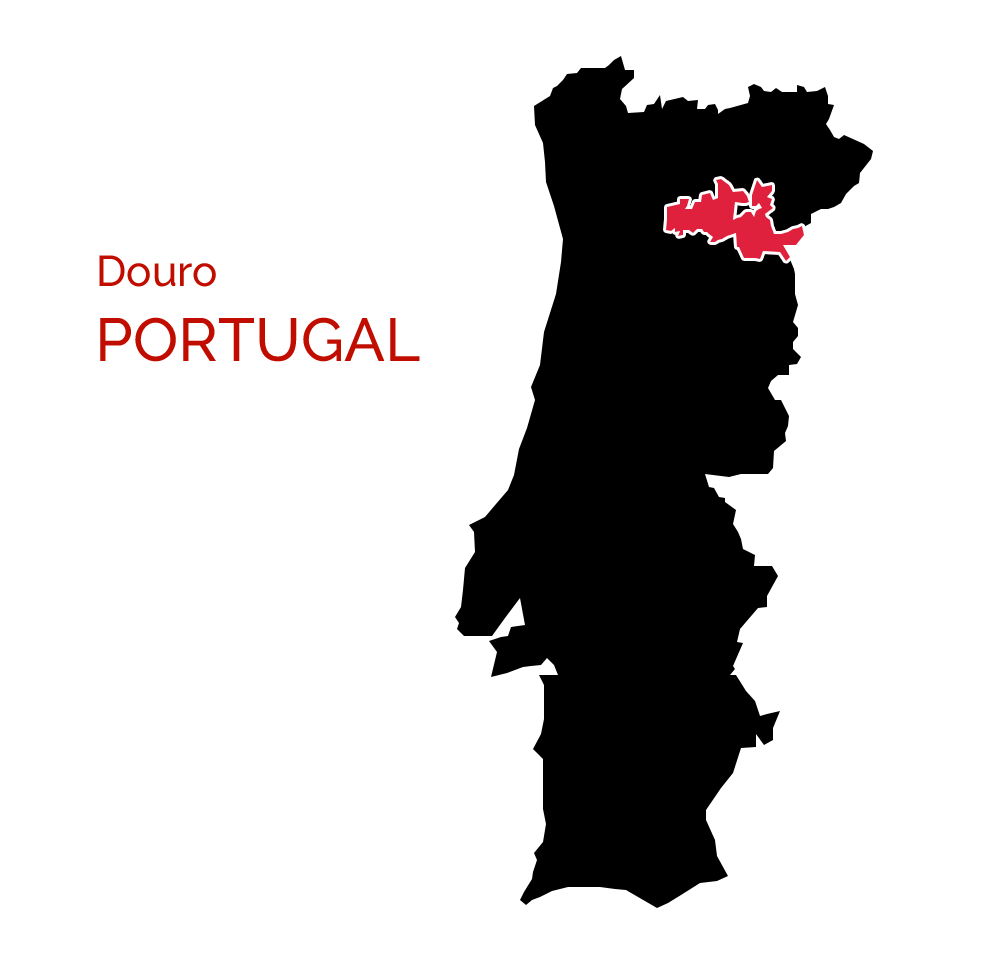

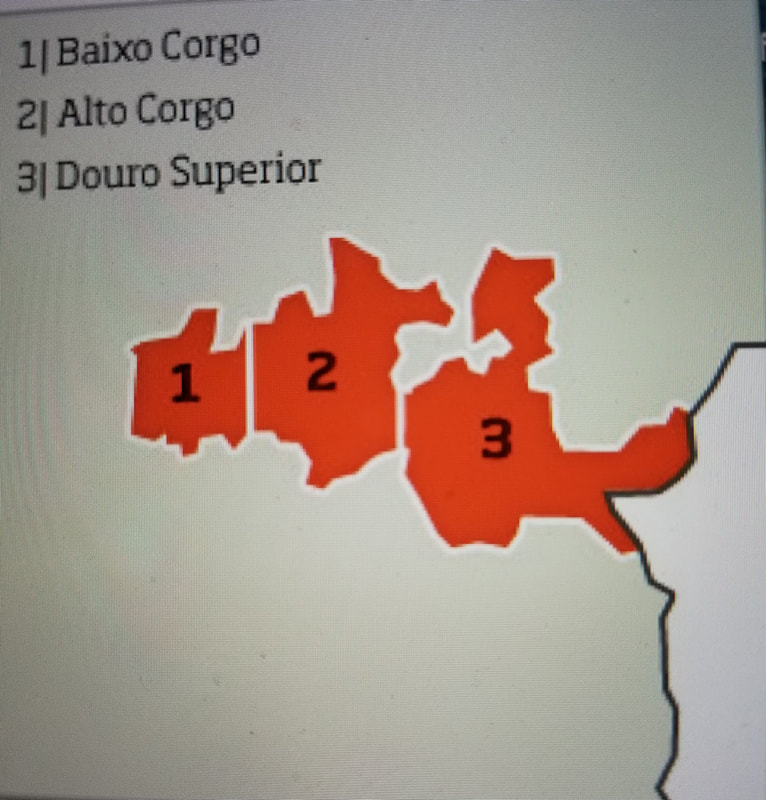
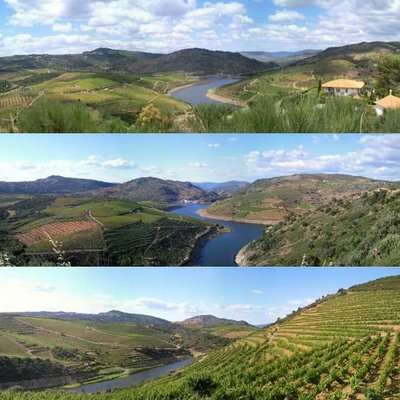
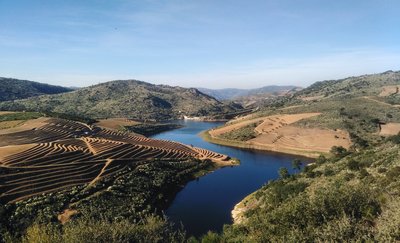
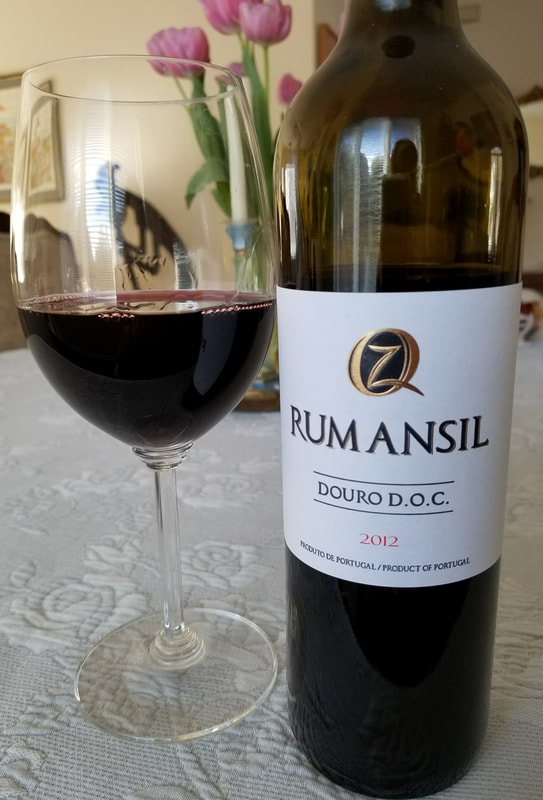
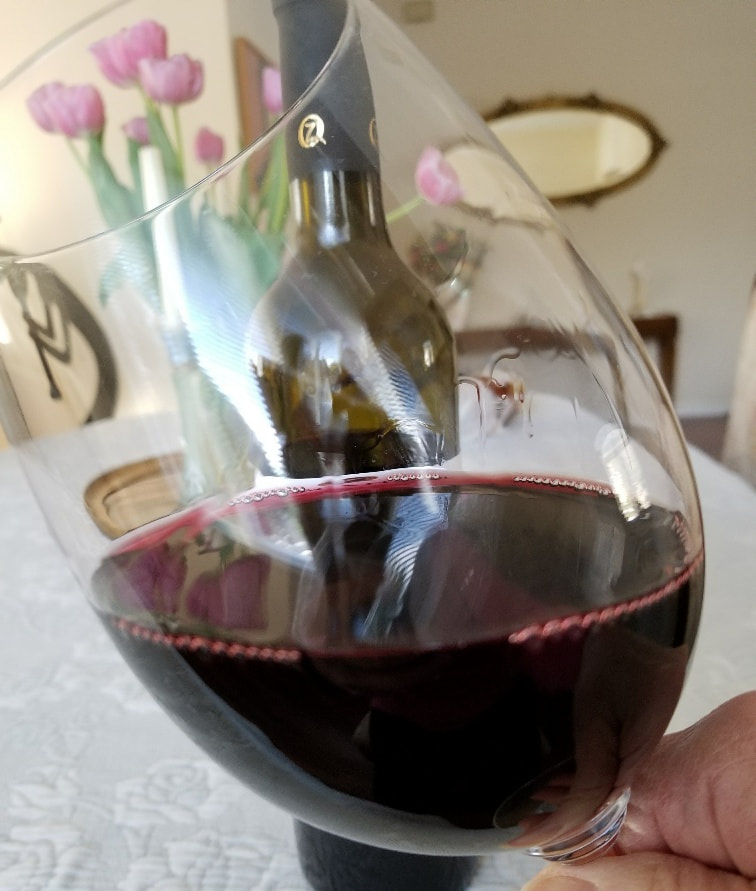
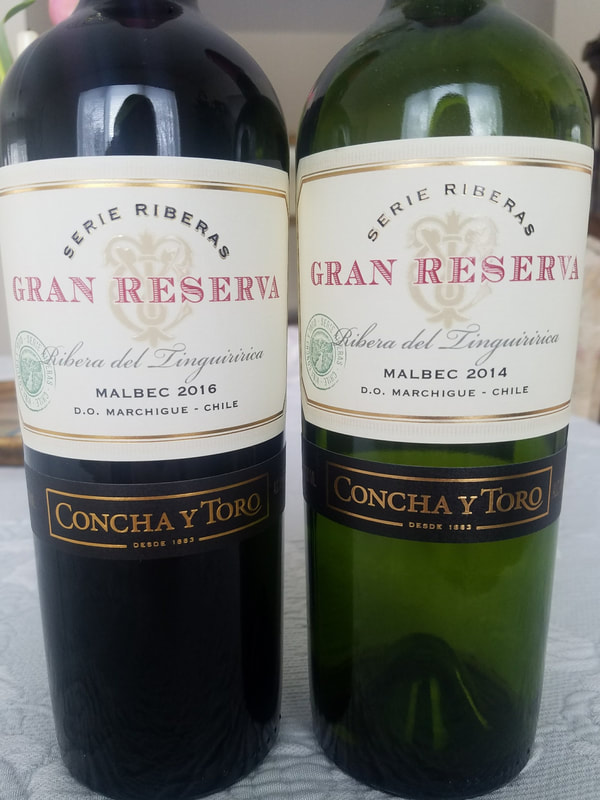
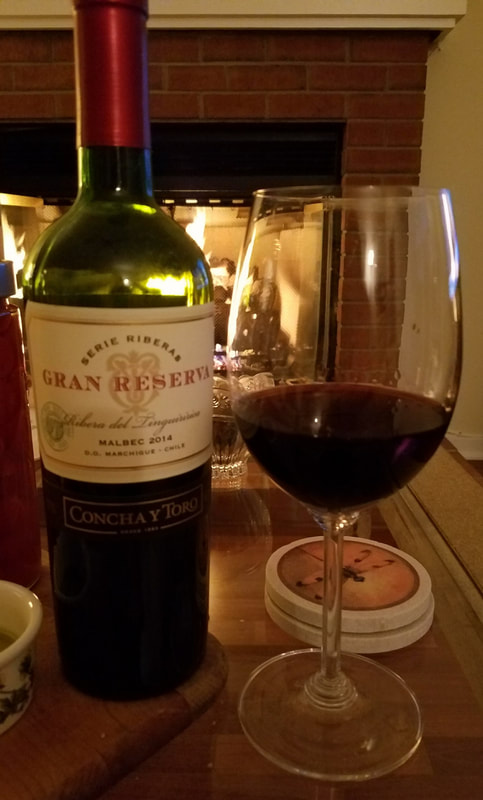
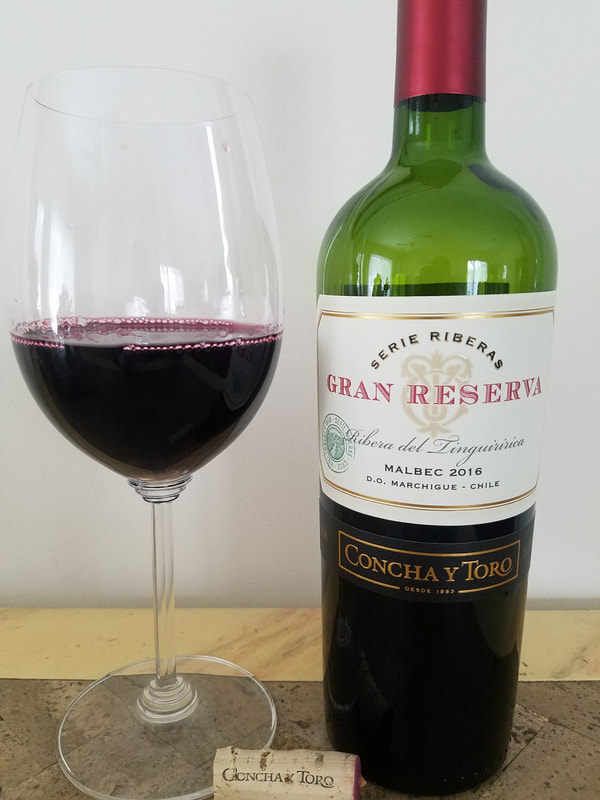
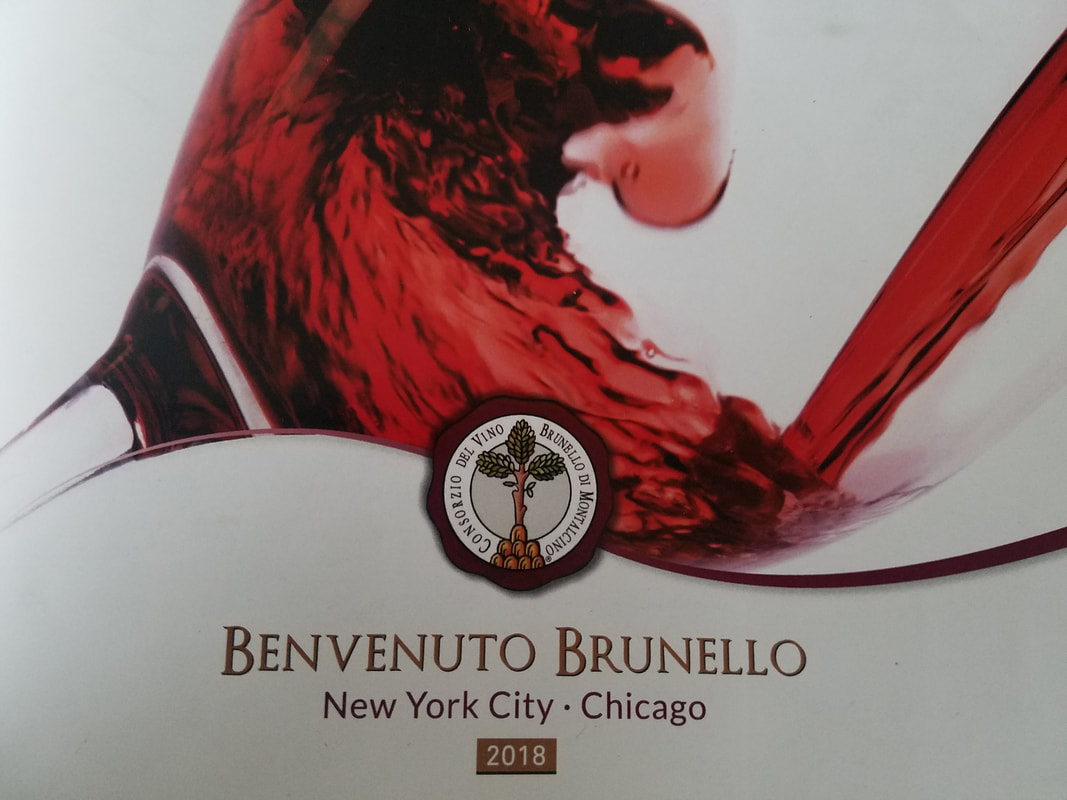
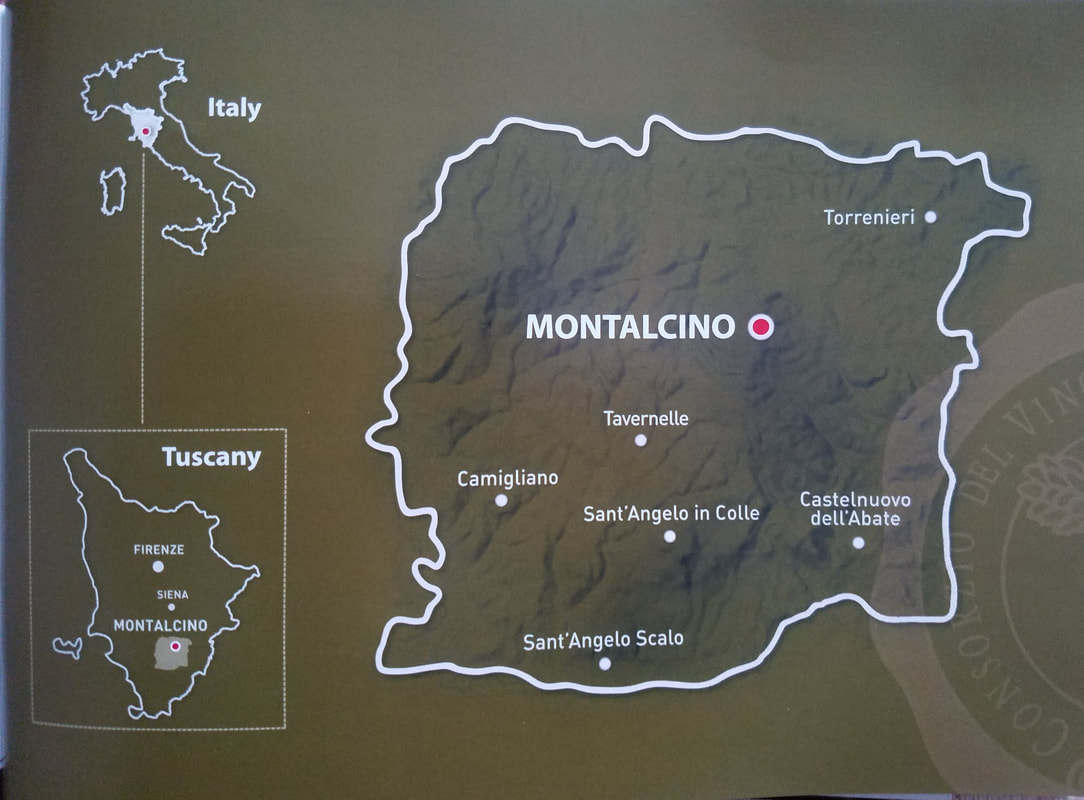
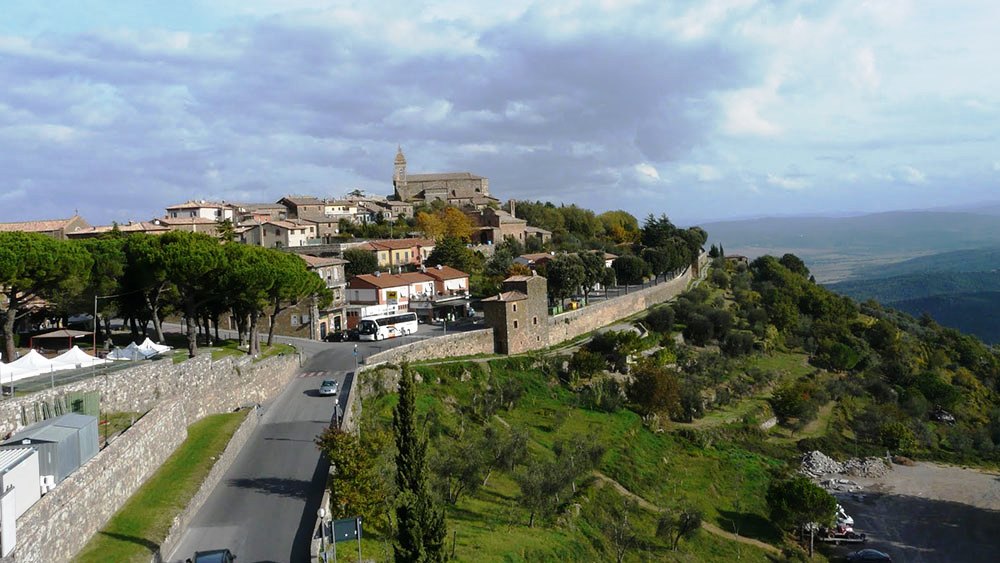
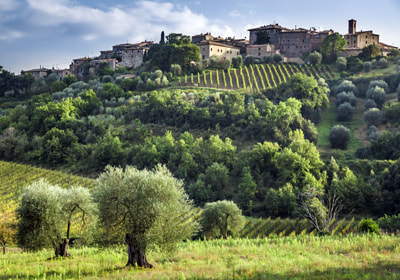

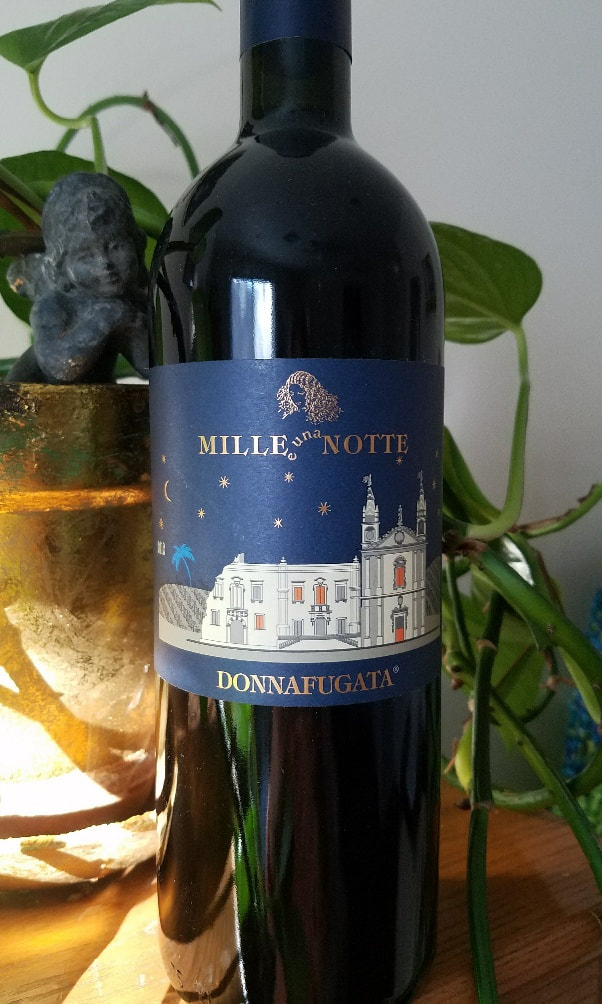
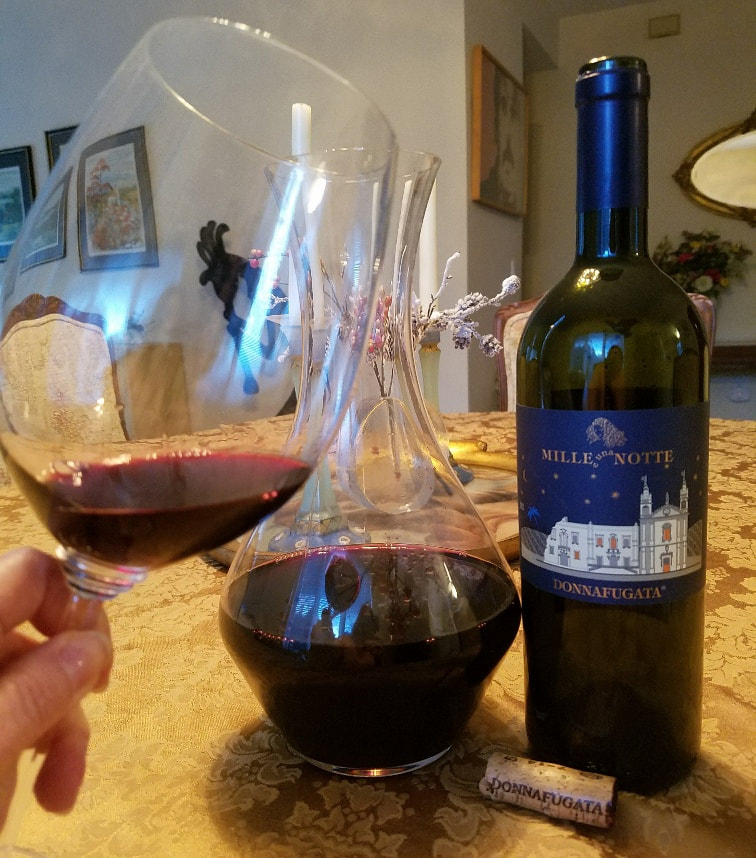
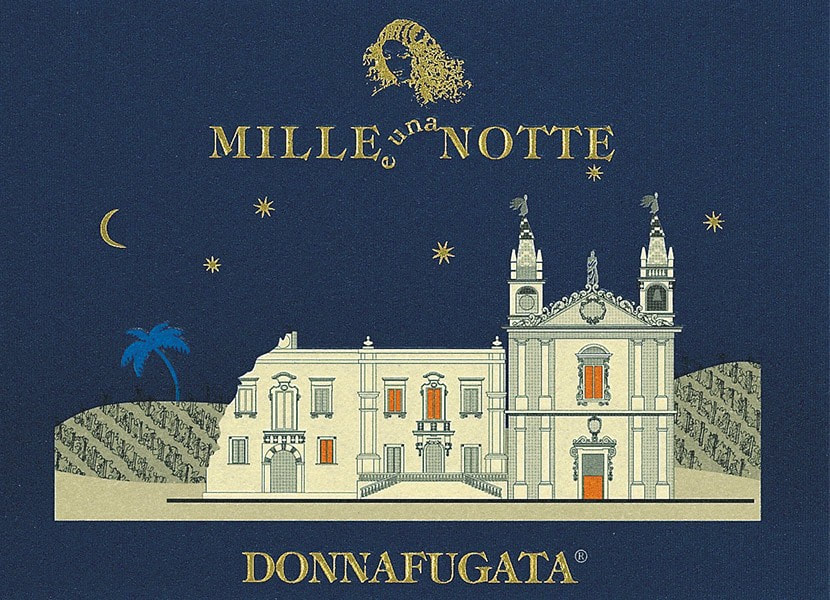

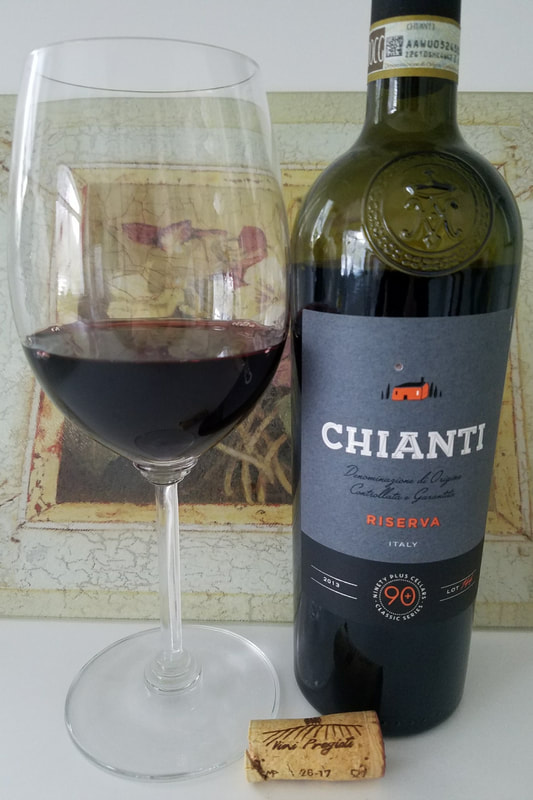
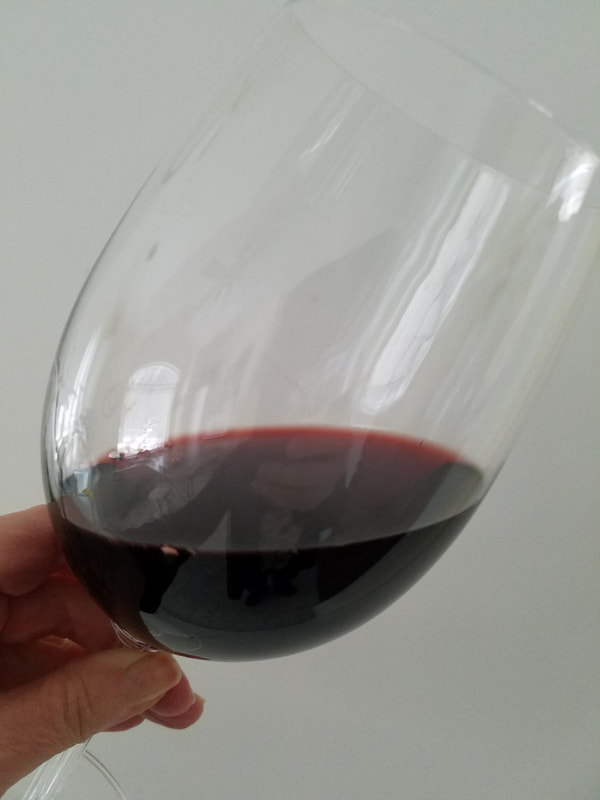
 RSS Feed
RSS Feed